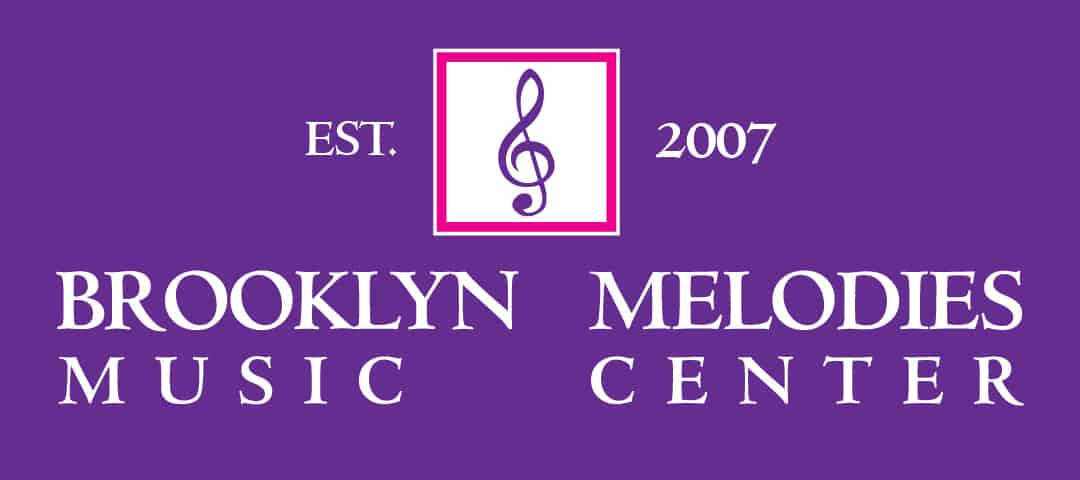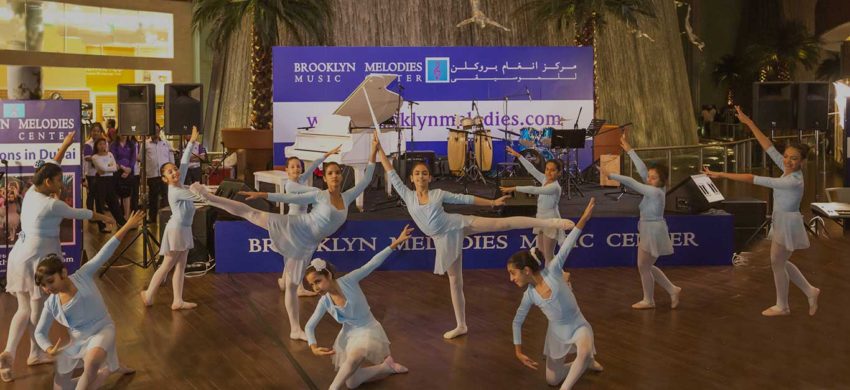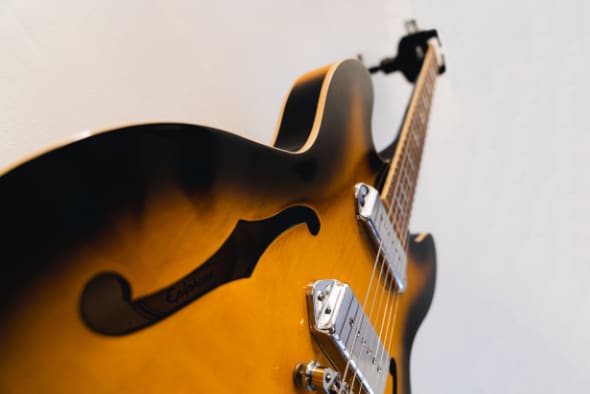Ballet is arguably the most graceful form of dance, filled with poise and elegance. It has long been known as the foundation for all dances, as it teaches them to balance and posture that all dancers, no matter their chosen style, need to master. The dance is not just beautiful, but it also has so many benefits for the body and mind. As well as boosting mental well-being by alleviating stress, it also improves flexibility, muscle strength and tone, and posture, which can put an end to back and neck pain. For younger dancers, it helps them to learn expression, grow their confidence, and how to connect movement to music.
The Styles of Ballet
There are a number of different styles of ballet, some of them which fall into the classic styles and others which fall into the later contemporary styles.
Classical Ballet
In one of the early styles, there are various sub-styles of Classical Ballet, which are usually classified by their geographical area of origin, such as English Ballet, Russian Ballet, Italian Ballet, and French Ballet. Defined by classical techniques and vocabulary, classical ballet training involves learning techniques named for their creators, such as the Vaganova method, which is named after famed Russian ballet dancer, Agrippina Vaganova.
In 1920, the classical ballet style became defined by the technique and training program put together by a diverse group of ballet dancers, becoming known as The Royal Academy of Dance Method. It is a blend of a number of the classical styles of ballet, merging elements of French, Italian, Danish, and Russian ballet. Tchaikovsky is one of the best-known classical ballet composers, being the creator of ‘Swan Lake’ and ‘Nutcracker’.
Romantic Ballet
An artistic movement of the classical style, Romantic Ballet emerged in the 19th century. Although many of the steps are the same as in classical style, there are some important artistic and performance changes. This style of ballet saw the development of pointe work, the impressive technique where dancers support all their body weight on the toes of fully extended feet.
In the romantic style of ballet, the women dancers are the main focus, and they traditionally wear the classical short white tutus. The romantic ballets, such as ‘La Sylphide’ and ‘Coppelia’, feature intense emotions, where women dancers play like the sylphs and ghosts, ensnaring the hearts of mortal men.
Neoclassical Ballet
One of the modern styles of ballet, Neoclassical puts an abstract twist on the classic ballet techniques and vocabulary. The performances often feature no defined plot and scenery, and no formal costumes. The possibilities for neoclassical ballet are endless, as diverse music can be used, whilst forgoing the formality that comes with classical ballet. This makes room for modern techniques and choreography, which leads to a shift away from delicate moves, to strong moves and athleticism, defined as Modern Ballet. Edging away from the usual delicacy of ballet, the modern style is more risqué when it comes to physicality, subject matter, and mood, a good example of which is Robert Joffrey’sAstarte’.
Contemporary Ballet
A truly current form of dance, Contemporary Ballet combines elements of classical ballet, with modern techniques such as jazz, ethnic, etc. This allows for a great deal of experimentation in performance, with dancers taking on greater challenges including acting in complex plots. Contemporary ballet is only marginally different from the neoclassical style, but the dancer’s moves require an upping in the athleticism, being bigger and swifter in tempo. The style is characterized by dancing in bare feet, with plenty of floor work and the turn-in of the legs. Many consider William Forsythe to be the real innovator behind the contemporary ballet movement with a wide variety of works, including the iconic ‘In the Middle’.
Techniques of Ballet
The various techniques of ballet are a must learn for any aspiring dancer, and they will be taught in any good ballet class. Learning the right techniques, helps ballet dancers to hold their form and the correct posture, to help avoid injury, and to develop the aesthetics of the dance. The common positions and movements of ballet are as follows:
- Pointe technique – Dancing on the tips of completely extended feet in pointe shoes.
- Grand Jeté – A long jump, leaping from one leg and landing on the alternate, whilst and Assemblé is a jump landed on both feet.
- Plié – With the body held upright, the knees are continuously bent outwards.
- Split – A ballet position where the legs are fully extended in opposite directions, either in the straddle position with legs on either side of the front split, with legs extended to the front and back.
- Ballon Technique – Dancing so light-footed that jumps appear weightless, defying gravity.
- Pirouette – A spin on the spot on one foot for a single or multiple rotations.
- Turnout Technique – Dance moves are finished with legs rotated outward.
- Fouetté – A fast pivot of the supporting leg results in a change of orientation of the working leg and body.
- Bravura – An extravagant form of ballet with lots of elaborate steps put together in sequence.
- Arabesque Position – The dancer stands on a straight supporting leg, with the other extended behind the body in a turnout position.
- Port de bras Technique – The graceful movement of arms into different positions.
- Alignment technique – Keeping the hips, shoulders, and head vertically aligned.
Learn Ballet in Dubai
Aspiring ballet dancers that are looking to join a class or find out more about the dance, in general, should contact Brooklyn Melodies. The music and dance center has 9 locations throughout Dubai, teaching ballet classes to a wide range of ages and skill levels. Their experienced instructors can nurture the blooming talents of the very young, encourage the growing skills of pre-teens, and support the advanced ballet dancers through their exams, performances, and into their future careers.



